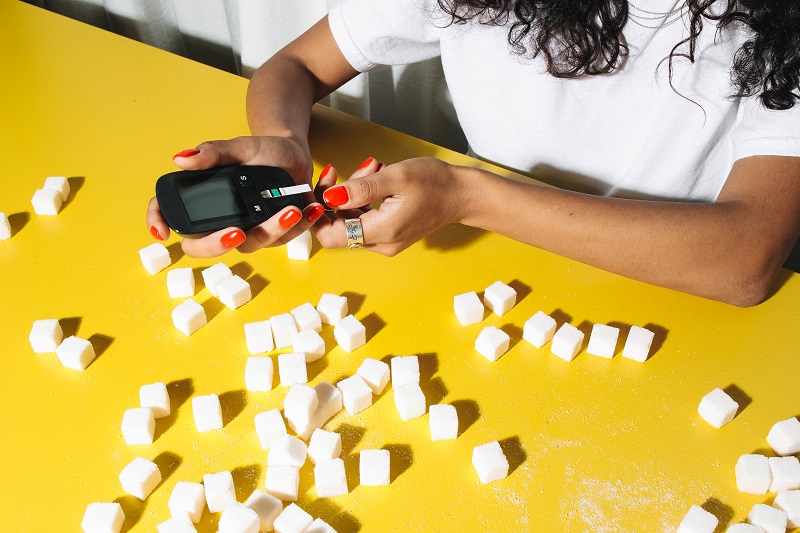Health
4 Tips on Managing Diabetes at Home
by Natalia Watts
According to statistics by the American Diabetes Association, over 37.3 million Americans have diabetes. While most diabetics are seniors, younger individuals can also be afflicted with the condition. People living with diabetes are almost always making active choices for their health each day. They need to be consistent with blood sugar checks, make healthy food choices, be physically active, and remember to take their medicine, which can sometimes be overwhelming.
However, overcoming these negative feelings is possible by making the blood sugar management process as seamless and enjoyable as possible, especially from home. Listed below are four tips on how you can manage diabetes.

Image @ pexels
1. Eat the foods you like
Most diabetics know it’s important to avoid sugary or high-carbohydrate foods. But sticking to healthy eating habits can be challenging if you ban yourself from eating your favorite foods. A study from the medical journal Diabetic Medicine found that regularly eating ‘bad food’ in small quantities was more effective in keeping motivation up, rather than depriving yourself and then binge-eating afterward. By staying flexible and mindful of what you eat, you can drive yourself towards healthier eating in the long run. One way to not overeat is to measure portion sizes. For people taking mealtime insulin, having a scale can measure how much food they consume and ensure an accurate carbohydrate count, which is essential for a proper insulin dose.
2. Have tele-health check-ups
With diabetes, you may develop other health issues that can interrupt your daily activities. It’s usually best to seek help from a medical professional for these symptoms; however, you may hesitate to set a consultation because of your busy schedule. Rather than putting your health aside, you can easily access healthcare through telehealth. Remote nurse practitioners in Minnesota and other states are licensed to provide high-quality healthcare to patients concerned about diabetes, hypertension, and asthma, to name a few. They are also readily available throughout the day, allowing you to set an appointment for your schedule easily. Before your consultation, it’s essential to take note of changes to your health since your last medical visits, such as lightheadedness, skin problems, or even sexual problems that can stem from your condition.
3. Maintain an exercise schedule
Exercise is a vital part of maintaining blood sugar levels. Medical researchers from North Carolina and New York recommend that both type 1 and type 2 patients with diabetes do 30 to 60 minutes of moderate-intensity aerobic activity. These exercises should be done in gradual increments of duration and intensity, working towards 150 minutes of moderate activity per week. To stay consistent with exercise, many professionals recommend maintaining an exercise schedule. Not only does this provide an opportunity to discipline yourself, but you can also expel energy and decrease blood glucose concentrations naturally after meals.
4. Get support from loved ones
Having diabetes calls for a significant lifestyle change, so you must get the support of your loved ones. Our post “Easy Ways to Tend to Health at Home” shares how you need to commit to change to become healthier. You can work with your family and friends by setting your health goals and brainstorming plans to meet your target. For example, a friend can also be an exercise buddy who will ensure you consistently work out, or a family member can remind you to take your medication on time and stay away from unnutritious foods that would harm your health. By seeking outside support, you can stay more accountable in managing diabetes.
About the Author
Natalia Watts is a freelance writer and editor. She enjoys writing about various topics but particularly enjoys subjects on health and food. When not working on her next piece, she likes reading fantasy fiction and spending time with her husband.



